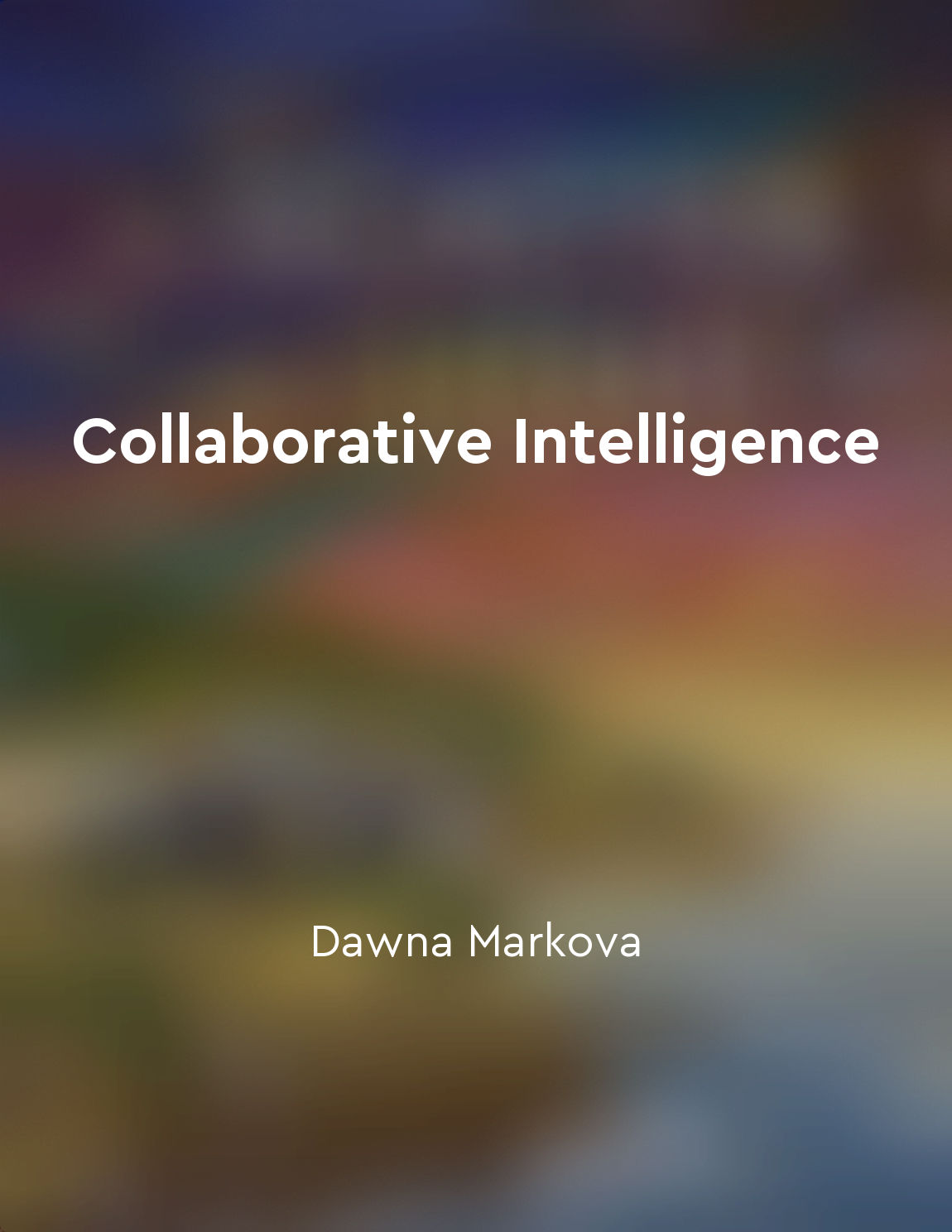Audio available in app
Break down complex issues into manageable components from "summary" of The McKinsey Way by Ethan M. Rasiel
Complex problems often appear daunting at first glance, overwhelming in their breadth and depth. To tackle these challenges effectively, the first step is to dissect them into smaller, more digestible parts. This approach allows clarity to emerge from confusion, enabling a clearer understanding of the underlying issues. Begin by identifying the core components of the problem. What are the primary variables at play? What are the relationships among them? By isolating each element, it becomes easier to evaluate its significance and impact. This method not only simplifies analysis but also highlights areas that may warrant deeper investigation. Next, prioritize the components based on urgency or importance. Some issues may require immediate attention, while others can be addressed later. This prioritization helps in allocating resources efficiently, ensuring that the most critical aspects receive the focus they deserve. As each component is examined, develop hypotheses around potential solutions. Testing these hypotheses against data or through simulation can reveal insights that might not be evident when viewing the problem as a whole. This iterative process fosters a mindset of exploration, where solutions evolve based on newly acquired knowledge. Incorporating feedback loops is also vital. Engaging with stakeholders can provide alternative perspectives and enhance understanding. These interactions create an environment where ideas are exchanged freely, often leading to innovative solutions that may have otherwise been overlooked. This systematic, component-based approach not only demystifies complex issues but also empowers individuals and teams to make informed decisions. By fostering a focused and analytical mindset, challenges transform into opportunities for growth and improvement.Similar Posts
The 80/20 rule can be applied to sustainability efforts
The 80/20 rule, also known as the Pareto Principle, states that roughly 80% of the effects come from 20% of the causes. This pr...
Foster a culture of collaboration and teamwork
To build a culture of collaboration and teamwork within an organization is to create an environment where individuals work toge...
Bad strategy is built on wishful thinking and denial
Bad strategy arises from wishful thinking and denial. When leaders and organizations engage in wishful thinking, they fail to c...
Adapt your coaching approach to the individual
When it comes to coaching, one size definitely does not fit all. Each individual you work with is unique, with their own set of...
Measure what matters most
In the whirlwind of business, it's easy to get caught up in the day-to-day tasks and lose sight of what truly matters. This is ...

Stay curious
The idea of "Stay curious" is about maintaining a sense of wonder and inquisitiveness in order to foster creativity and innovat...

Celebrate successes and milestones as a team
Celebrating successes and milestones as a team is essential for fostering a sense of unity and camaraderie within a group. Ackn...
Experimentation and risktaking are important in strategy innovation
Experimentation and risktaking play a critical role in the realm of strategy innovation. When organizations embrace these conce...
Create opportunities for others to grow and develop
One of the most effective ways to empower and motivate your team members is to actively create opportunities for them to grow a...
Building a supportive network enhances change leadership effectiveness
To effectively lead change within an organization, it is crucial to establish a network of support. This network should consist...
